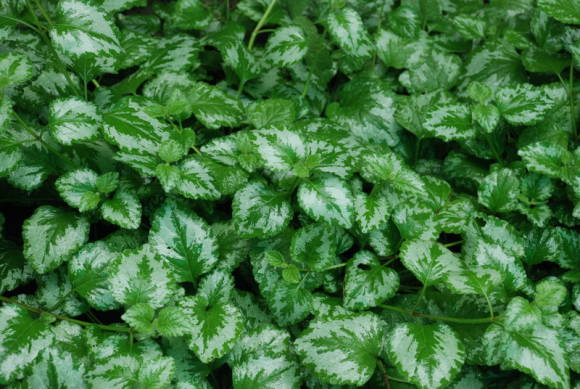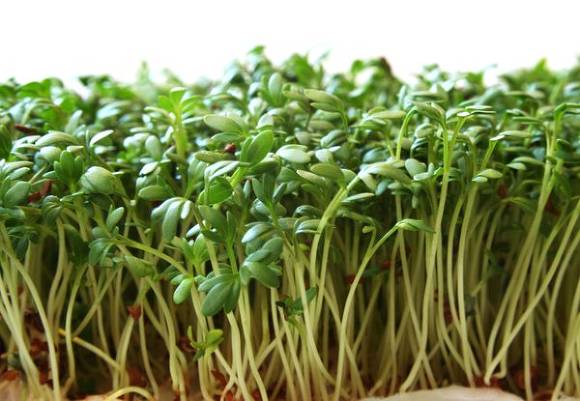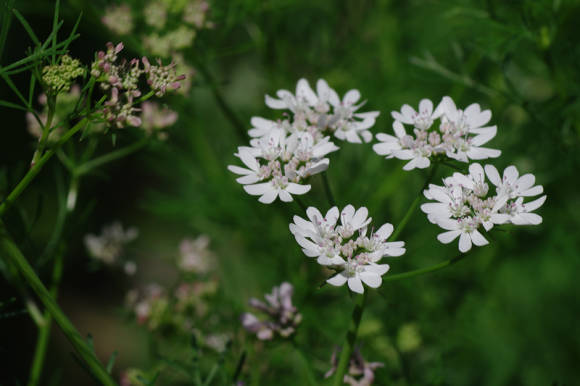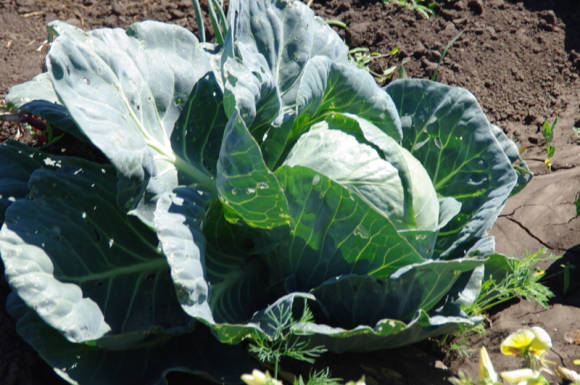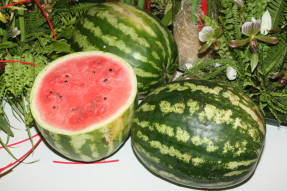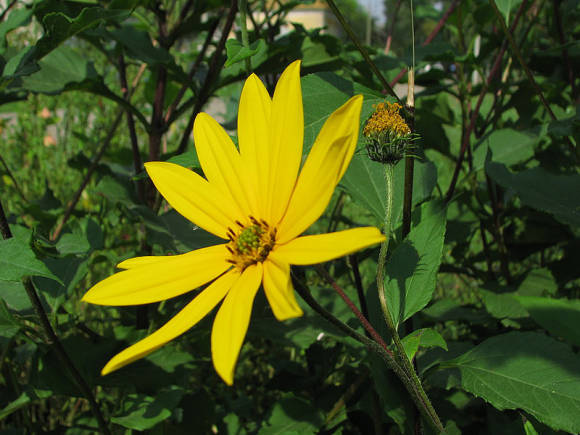 To live in harmony with nature is the aspiration of a modern person, which more and more requires its embodiment. Since ancient times, people have tried to surround themselves with beautiful vegetation and fragrant flowers. Long winters in countries with cold climates encouraged the establishment of indoor gardens and greenhouses, where you could enjoy the green of plants year-round. In the modern world, in urban conditions, when a person is often almost completely cut off from nature, his own home garden becomes especially desirable.
To live in harmony with nature is the aspiration of a modern person, which more and more requires its embodiment. Since ancient times, people have tried to surround themselves with beautiful vegetation and fragrant flowers. Long winters in countries with cold climates encouraged the establishment of indoor gardens and greenhouses, where you could enjoy the green of plants year-round. In the modern world, in urban conditions, when a person is often almost completely cut off from nature, his own home garden becomes especially desirable.In addition to aesthetics, living plants help to improve the microclimate in the home. They function as an air conditioner, air purifier and humidifier, and protect against extraneous sounds. It is noticed that in a room with a large number of plants, the air temperature is several degrees below the surrounding space. There is a group of plants that, due to the release of phytoncides, have a healing effect on the air. Others absorb harmful impurities, deposit particles of dust and soot on themselves. Pay attention to how much water you use to water your indoor flowers. This, already alive, water returns to the surrounding air through the leaves, increasing the humidity in our apartments, preventing the development of respiratory diseases.
The size of modern apartments does not allow many to grow a large number of plants. You can, of course, confine yourself to placing several large-sized ones, which will also delight the eye. But there are ways to green up a room without taking up a lot of space, you just have to master the high-rise component of our dwellings, adapt all the inconvenient corners and walls. Our grandparents decorated the walls with carpets, but now it is customary to create green walls and paintings, living screens and partitions from fresh flowers. It is stylish, beautiful, unusual and useful. There are companies that specialize in creating wall compositions, however, they can be made with your own hands, only a little desire, imagination and love for plants are required.
The easiest way to compactly place plants is to install narrow, elegant racks that will take up only a few centimeters of area, but will decorate and liven up a large wall. If you organize the lighting, you can grow on them almost all your favorite ornamental deciduous plants and those that can bloom under artificial light, such as uzambara violets, episodes, abutilones, etc. On a shelf 30-40 cm wide and 120-130 cm long is enough one fluorescent lamp 120 cm long and 40 Watt, placed at a height of 40-60 cm.
 |  |
 |  |
Particularly whimsical specimens that require high humidity will feel best in shallow wall florariums under glass. Here you can plant some types of capricious, but very beautiful philodendrons, rare exotic species of monsters and anthuriums, so you will create a unique collection at home without taking away useful space. These florariums are sold ready-made:
 |  |
Without taking up space, you can place hanging plants along the eaves of the window, in a planter without holes, so that water does not leak during watering. Plants need to be resistant to short periods of drying out of the substrate so that caring for them does not cause unnecessary trouble. Hoyis, nephrolepis, scindapsus, aeschinanthus, philodendrons, epiphyllums, columneas, hatiors, etc. are suitable here. Even on very light southern windows, almost all of these plants will grow in hanging pots, and the upper part of the frame will serve as a visor protecting them from sunburn. Aeschinanthus, columbus, hoyi will actively bloom at the same time. 
Blinds and curtains will replace climbing plants - in a few months they will independently, clinging to stretched strings or a net, braid the entire window. These plants must tolerate intense light without shading. Flowering and decorative leafy passionflowers, planted in large containers, are suitable here. In the form of a living tulle, linear hoya, dyschidia, ceropegia, and ripsalis will hang beautifully.
There are quite a few plants that grow and flower well under artificial light without requiring natural light. In a dark corridor or hallway, having made a backlight, you can place a wall collection of episodes - plants with very decorative leaves and cute flowers; in a dark niche under the lamp, a collection of precious orchids will look very stylish in a glass container, their leaves sparkle and shimmer like exquisite jewelry. 
Anywhere, as a design element, a vertical green wall or a living picture, a cascade of flowers will look good. The composition should be harmonious and unpretentious, therefore, when selecting plants, several rules must be observed. The painting requires a combination of plants in size, color, leaf texture. It is desirable that they be bushy, without a pronounced trunk, approximately the same in height. Ornamental deciduous plants are usually used. Often they include various bromeliads (tillandsia, guzmania, vriezia), which bloom for a long time, give bright color spots, but after a while they will need to be replaced.
You can create a living wall from a monoculture (one type of plant), for example, painted scindapus, episodes, sheffler or fittonia. Anthuriums and spathiphyllums, located in clear rows, will look beautiful. You can make a strict geometric composition by placing taller plants in the center and low ones at the edges; combine several types of plants in an artistic mess. A tapestry of plants with varied foliage is periodically supplemented with flowering specimens that can completely change the mood of the entire room.For family celebrations, green walls will be decorated with cut flowers in test tubes, giving them an elegant and festive look.
 |  |
For use in a live picture, you can recommend:
- low varieties of aglaonema, especially decorative red-leaved varieties;
- medium-sized varieties of spathiphyllums, they are unpretentious and beautiful even without flowers;
- Fatsias are green and variegated, which tolerate drought well and are very resistant;
- ferns polypodiums and aspleniums;
- chlorophytums "Green Orange" and "Bonnie", they are decorative and grow well;
- sansivieres, they can be placed even next to heating devices;
- syngoniums, scindapsus, fleshy green and variegated hoyu, ivy philodendron - these ampelous plants take root well in a living picture and can be used to decorate the sides.
 |  |
To complete the wall composition, an aquarium with aquatic plants and fish is placed below. This green painting is collected in the wall near the southeast window. In summer, when selecting shade-tolerant plants, additional illumination is not required; in winter, the picture must be supplemented.
Usually, green pictures are illuminated with fluorescent or LED lamps, remote on the brackets. In this case, such illumination did not fit into the interior and was replaced by a central ceiling lamp with fluorescent energy-saving lamps, operating 12 hours a day (45 watts turned out to be enough at a distance of 1.5 meters). 
Having decided on landscaping an apartment, this should be done gradually, measuring strength and free time with the number of flowers. It is better to have a small rack or one living picture, but in a good, well-groomed condition - only in this case the plants will bring joy.However, it should be noted that with an increase in the number of flowers in the room, it becomes relatively easier to care for them - the more there are, the more stable the microclimate created by them, the better the plants feel, the less energy is needed to maintain them in good condition.
Finally, a few booths from Chelsea 2011, which once again demonstrated the growing popularity of vertical gardening. These living walls, created specifically for the exhibition, also use outdoor plants, but today's range of indoor plants allows you to choose a replacement for them in accordance with the texture, color and graphics of the foliage. We hope these photos will give a good boost to your imagination.
 |  |
 |  |

